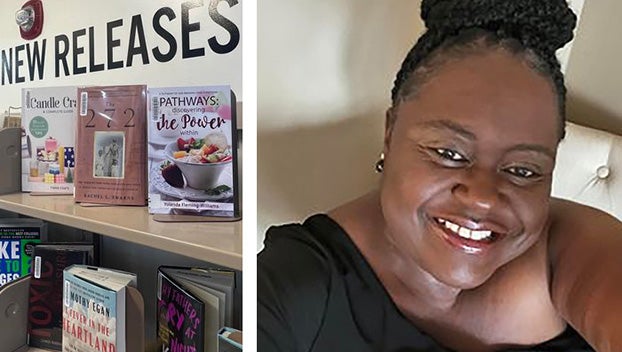Jim Beam column:Juvenile Justice making news
Published 6:30 am Monday, October 3, 2022

- Prison Bars
|
Getting your Trinity Audio player ready...
|
Those who advocate for young people all seem to agree that sending troubled youth to a facility at the Louisiana State Penitentiary at Angola is a bad idea. However, a federal district court judge gave the best explanation we’ve heard about why it’s being done.
First, some background about why the juveniles are being moved. Escapes from the Bridge City Center for Youth in Jefferson Parish caused problems in the community, there were massive riots and rival groups formed within the facility.
Then, there was a riot at the Swanson Center for Youth in Monroe that coincided with an earlier escape from Bridge City. Both incidents caused damages that left parts of the two facilities uninhabitable.
Otha “Curtis” Nelson, Office of Juvenile Justice (OJJ) assistant secretary, said, “We had senators, we had council members demanding that we leave the (Jefferson Parish) community.”
Bill Sommers, deputy secretary of OJJ, said the plan for a new high-security unit materialized in June. “It got to the point where the escapes weren’t good for anybody,” Sommers said. “It wasn’t good for the staff; it wasn’t good for the kids; it wasn’t good for the surrounding communities.”
Sommers said after checking possible locations for the juveniles causing problems the Angola unit emerged as “structurally” the best option. Officials said medical care and education offered in its other facilities would be available at Angola.
Once they arrive at the facility, the youths will live in one-person cells with open-topped toilets, sinks and single cots. During the day, they will attend school, have group therapy sessions, and do recreation on a basketball court outside the building. The court is surrounded by a fence adorned with sight-blocking fabric and topped with razor wire.
The unit will hold 24 youths at a time, although it holds 101 beds. Nelson said when they successfully finish the treatment cycle, the youths will be transferred back to another juvenile facility.
Nelson’s testimony came during a civil trial in the U.S. District Court for the Middle District of Louisiana to determine whether the Angola plan will harm the youths and violate their rights, according to The Advocate that has covered the juvenile problems in detail.
Eric Holl, deputy chief of staff for communications for Gov. John Bel Edwards, said in a statement, “This move of high-priority youth to the facility at Angola is not a permanent solution, but it is the best one we have available to us to ensure we properly care for the youth and keep them and our communities safe.”
Advocates for the juveniles said putting the youth on the grounds of the infamous Angola prison — the nation’s biggest penitentiary — sends a message that they are beyond redemption.
Aaron Clark-Rizzio, executive director of the Louisiana Center for Children’s Rights, was a major spokesperson against the Angola plan. “We can already see how this plan is meant to work,” Clark-Rizzio said. “Not only will some children live at Angola, but all of the children will live under the threat of being moved to Angola prison. And this seems to be part of the design.”
OK, what did Chief U.S. District Judge Shelly Dick say in her 64-page ruling? She said the plan is “untenable” and “disturbing,” but doesn’t appear to violate federal law.
“Some of the children in OJJ’s care are so traumatized and emotionally and psychologically disturbed that OJJ is virtually unable to provide a secure environment,” the judge said.
“While locking children in cells at night at Angola is untenable, the threat of harm these youngsters present to themselves, and others, is intolerable,” she wrote. “The untenable must yield to the intolerable.”
Dick said the level of chaos that has recently emerged inside juvenile facilities due to a small number of youth created a situation so dire that the agency (OJJ) was left with little choice.
“The youth eligible for transfer to BCCY-WF (Angola) present a demonstrated risk to other youth in OJJ care, OJJ staff, and when they escape, a risk to the public,” Dick wrote. She agrees it isn’t the best solution, but best serves the interest of the public and all youth in OJJ’s care.
The conditions at OJJ existed before Sommers arrived, and the problems can’t be solved overnight. However, he and his staff are working on solutions.
As we have said before, Sommers compiled an excellent record as head of the Calcasieu Parish Office of Juvenile Justice Services. If given the time, resources, and the staff OJJ needs, Sommers can do the same job for juveniles at the state level.




